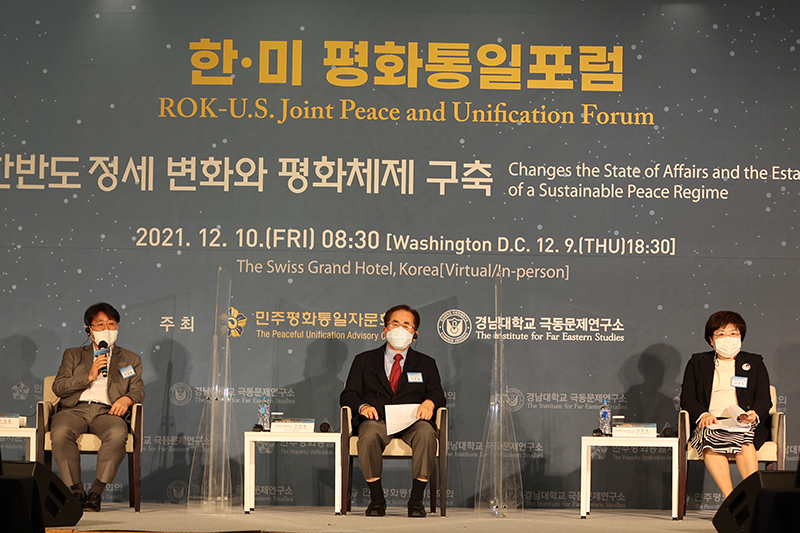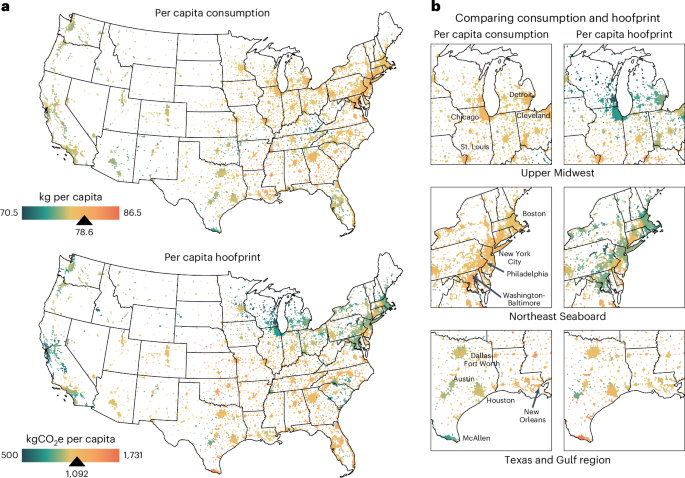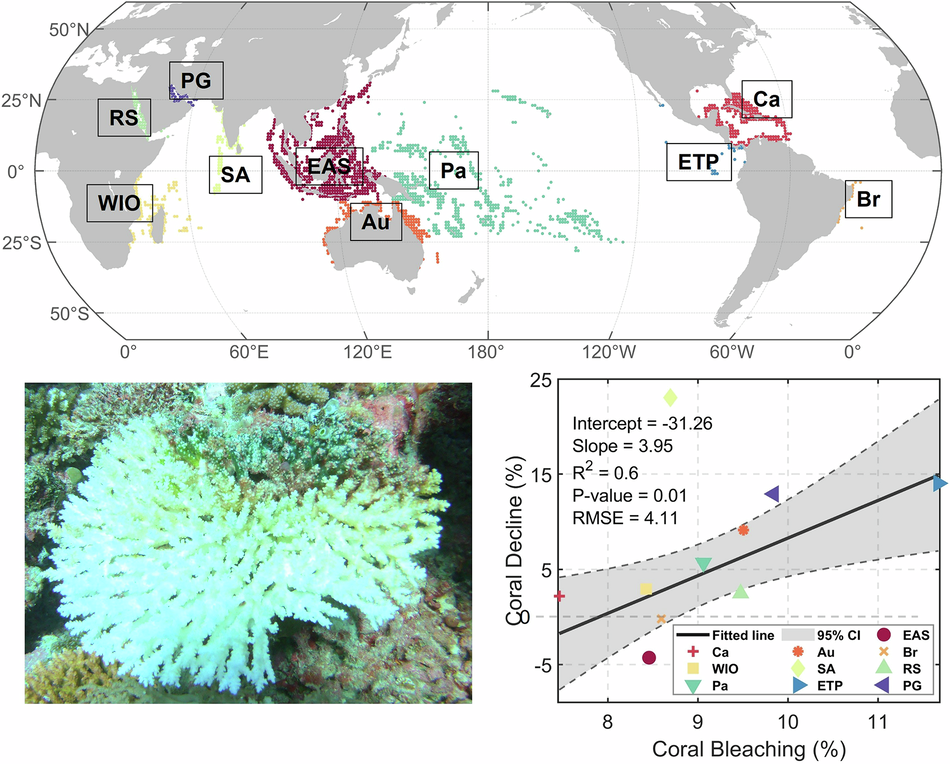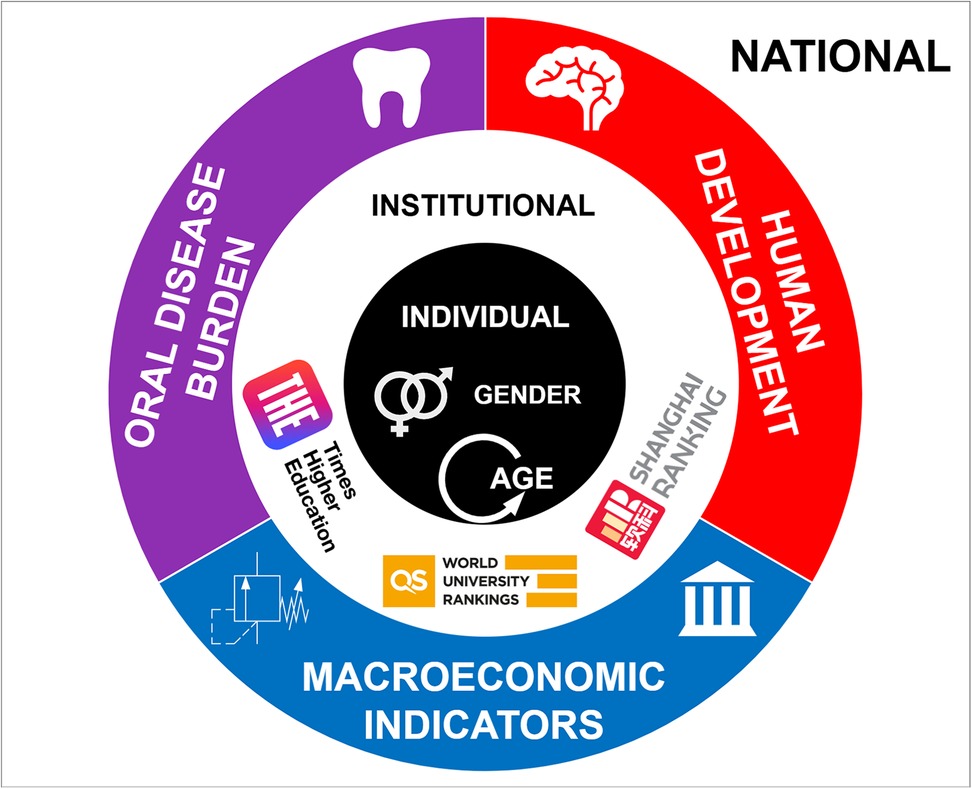Opinion – Gender, Ukraine and Imagining a Just, Sustainable Peace – E-International Relations

Report on Gender-Inclusive Peace Processes and Sustainable Development Goals
Executive Summary
Recent global developments, including preliminary peace talks between Russia and Ukraine, present a critical opportunity to integrate the Sustainable Development Goals (SDGs) into conflict resolution frameworks. This report analyzes the significant gap between women’s active participation in the Ukraine conflict and their exclusion from formal peace negotiations. It argues that achieving a just and sustainable peace, in line with SDG 16 (Peace, Justice and Strong Institutions), is contingent upon the meaningful inclusion of women and adherence to the principles of SDG 5 (Gender Equality) and SDG 10 (Reduced Inequalities). The report draws on global data and specific case study findings to provide a framework for a gender-responsive approach to peacebuilding and post-conflict reconstruction in Ukraine.
The Contradiction in Women’s Roles and Representation in the Ukraine Conflict
Women’s Multifaceted Contributions to the War Effort
Ukrainian women have been central to the nation’s response to the conflict, yet their roles extend far beyond the victim narrative. Their contributions are vital for national resilience but are not reflected in high-level decision-making processes.
- Displacement: Women and girls constitute a significant majority of displaced populations, accounting for approximately 63% of externally displaced and 60% of internally displaced persons.
- Military and Security Participation: As of late 2024, 68,000 women were enlisted in the Armed Forces of Ukraine. Women also form a significant part of the nation’s reformed police force.
- Civil Society Leadership: Women-led organizations have been instrumental in providing services to displaced populations and documenting war crimes, with the Ukrainian Center for Civil Liberties, led by Oleksandra Matviichuk, receiving the 2022 Nobel Peace Prize for this work.
- Political Activism: Women were core participants in the Euromaidan protests, organizing marches, providing support, and forming self-defense groups.
The Representation Gap in Peace Negotiations
Despite their critical roles, women remain systematically excluded from formal peace negotiations, a direct contravention of the principles of SDG 5.5 (Ensure women’s full and effective participation and equal opportunities for leadership) and SDG 16.7 (Ensure responsive, inclusive, participatory and representative decision-making).
- Between 2014 and 2019, Ukraine’s delegations to peace talks included at least ten men and only two women; Russia sent none.
- This exclusion persists despite Ukraine’s adoption of two National Action Plans for the Women, Peace and Security (WPS) agenda.
- Globally, between 1992 and 2019, women constituted only 13% of negotiators, 6% of mediators, and 6% of signatories in major peace processes.
Aligning Peace Processes with International Frameworks and the SDGs
The UN Women, Peace and Security (WPS) Agenda
For nearly 25 years, the United Nations has established a clear framework for gender-inclusive peace processes. The persistent exclusion of women from the Ukraine talks indicates a failure to implement these established international norms.
- UNSC Resolution 1325 (2000): Foundational resolution of the WPS agenda, calling for increased participation of women in conflict resolution.
- UN Guidance for Effective Mediation (2012): Emphasizes inclusivity as a core principle for successful mediation.
- UNSC Resolution 2122 (2013): Mandates stronger measures to ensure women’s inclusion in all stages of peace processes.
- UN Guidance on Gender and Inclusive Mediation Strategies (2017): Provides practical strategies for implementation.
The Proven Link Between Gender Inclusion and Sustainable Peace
Research confirms that peace processes inclusive of women are more likely to result in lasting agreements, directly contributing to the achievement of SDG 16. However, achieving sustainable peace requires more than descriptive representation; it demands a structural transformation of masculinized and militarized institutions to address the root causes of conflict, thereby advancing both SDG 5 and SDG 10.
An Intersectional SDG Approach to Post-Conflict Reconstruction
Gendered Dimensions of Reintegration
The reintegration of veterans and the reconstruction of society are highly gendered processes. In Ukraine, women are shouldering the greatest burden of social care, supporting families, and rehabilitating the wounded. For Ukraine’s recovery to be effective and align with the 2030 Agenda, social infrastructure must be designed to be responsive to the specific needs of women, contributing to SDG 3 (Good Health and Well-being), SDG 5, and SDG 11 (Sustainable Cities and Communities).
Key Findings for an Inclusive Post-Conflict Strategy
Lessons from other post-conflict contexts, such as Nepal, offer a strategic framework for ensuring reintegration efforts are equitable and effective. An intersectional approach is critical for addressing the diverse needs of women combatants and civilians.
- Recognize Heterogeneity: Women are not a monolithic group. An intersectional framework, accounting for gender, class, ethnicity, age, and disability, is essential to understand their diverse needs and priorities. This directly supports the objective of SDG 10 (Reduced Inequalities) by ensuring that peace dividends reach the most marginalized.
- Bridge the Public-Private Divide: Women’s experiences in the public sphere (e.g., combat, activism) are inextricably linked to their security and roles in the private sphere. A holistic approach that addresses security in both domains is fundamental to achieving the comprehensive goals of SDG 5.
- Address Structural Insecurity: The artificial divide between public and private life often reproduces gendered forms of insecurity and marginalization. To empower women in public life, their safety and security in the private sphere must be guaranteed. This is crucial for fulfilling the “Leave No One Behind” promise of the SDGs.
Conclusion: A Call for SDG-Aligned Peacebuilding
The creation of a just and sustainable peace in Ukraine, as envisioned by SDG 16, is dependent on the full and meaningful implementation of SDG 5 and SDG 10. Peace processes must move beyond gender-blind negotiations to actively include women at all levels of decision-making. Furthermore, post-conflict reconstruction must be built upon an inclusive and accurate recollection of the war’s impact, accounting for the diverse experiences of women in both public and private spheres. This approach is the only viable path to building a resilient, equitable, and truly sustainable peace.
1. Which SDGs are addressed or connected to the issues highlighted in the article?
SDG 5: Gender Equality
- The article’s central theme is the exclusion of women from peace negotiations and the need for gender-sensitive peace processes. It extensively discusses the “gender blind spots” in the context of the war in Ukraine, arguing that “women’s experiences and voices matter for a just and sustainable peace.” This directly connects to the goal of achieving gender equality and empowering all women and girls.
SDG 16: Peace, Justice and Strong Institutions
- The article is fundamentally about ending conflict and building peace. It opens by discussing “preliminary talks in the hope of ending the destructive war” in Ukraine and other peace developments. It advocates for “just and sustainable peace” through “inclusive” processes and strong institutions, referencing the UN Security Council and its resolutions. The documentation of war crimes also aligns with the justice component of this goal.
2. What specific targets under those SDGs can be identified based on the article’s content?
SDG 5: Gender Equality
- Target 5.5: Ensure women’s full and effective participation and equal opportunities for leadership at all levels of decision-making in political, economic and public life.
- The article directly addresses this target by highlighting the severe underrepresentation of women in peace processes. It states that “between 1992 and 2019, only 13 percent of negotiators, 6 percent of mediators, and 6 percent of signatories in ‘major’ peace processes were women.” It also notes that despite Ukraine adopting National Action Plans to ensure women’s participation, they “seem to be absent from the peace negotiations so far.”
- Target 5.4: Recognize and value unpaid care and domestic work through the provision of public services, infrastructure and social protection policies.
- This target is relevant to the discussion of post-conflict reintegration. The article notes that in Ukraine, “women are experiencing the greatest burden of social care, supporting their families, rehabilitating wounded husbands or partners, and caring for young children and elderly relatives.” It argues that for recovery to be sustainable, “social infrastructure must be adaptable and responsive to the needs of women,” acknowledging this disproportionate and often unpaid work.
- Target 5.1: End all forms of discrimination against all women and girls everywhere.
- The article argues that the exclusion of women from peace talks is a form of systemic discrimination. It calls for challenging “masculinized and militarized norms and institutions” and addressing “gendered power relations” that marginalize women in conflict resolution, which is a core aspect of ending discrimination in public life.
SDG 16: Peace, Justice and Strong Institutions
- Target 16.1: Significantly reduce all forms of violence and related death rates everywhere.
- The article’s premise is the effort to end violent conflicts. It mentions the “preliminary talks in the hope of ending the destructive war that Russia imposed upon Ukraine” and the PKK’s announcement to “lay down its arms and disband after more than four decades of armed conflict.” These actions are direct efforts to achieve this target.
- Target 16.7: Ensure responsive, inclusive, participatory and representative decision-making at all levels.
- This target is central to the article’s argument. The critique of peace negotiations for excluding women is a direct call for more inclusive and representative decision-making. The article argues that including women leads to more “sustainable agreements” and that building a “just peace rests on the inclusive recollection of painful events.”
- Target 16.3: Promote the rule of law at the national and international levels and ensure equal access to justice for all.
- The article touches upon this target by mentioning the work of women-led organizations to “document Russian war crimes.” It highlights the Ukrainian Center for Civil Liberties, which won a Nobel Peace Prize for this work, emphasizing the importance of justice and accountability as part of the peace process.
3. Are there any indicators mentioned or implied in the article that can be used to measure progress towards the identified targets?
Indicators for SDG 5 Targets
- For Target 5.5: The article provides direct quantitative indicators for measuring women’s participation in decision-making within peace processes.
- Proportion of women as negotiators (13% from 1992-2019).
- Proportion of women as mediators (6% from 1992-2019).
- Proportion of women as signatories to peace agreements (6% from 1992-2019).
- Number of women delegates in specific talks (Ukraine sent 2 women vs. 10 men; Russia sent none).
- Proportion of women in national security forces (68,000 women in the Armed Forces of Ukraine).
- For Target 5.4: The article implies qualitative indicators related to the burden of unpaid care work.
- The extent to which post-conflict social infrastructure is “adaptable and responsive to the needs of women,” particularly those performing social care and rehabilitation roles.
Indicators for SDG 16 Targets
- For Target 16.1: The article implies indicators related to the reduction of violence.
- The successful conclusion of peace talks and cessation of war.
- The disarmament of armed groups (e.g., the PKK laying down its arms).
- For Target 16.7: The article provides indicators for measuring the inclusivity of peace processes.
- The same proportions of women negotiators, mediators, and signatories mentioned for Target 5.5 serve as direct indicators for inclusivity.
- Proportion of peace agreements that contain “specific language referencing women” (27% of 504 agreements as of 2015).
- For Target 16.3: The article implies an indicator for access to justice.
- The number of documented war crimes and efforts toward accountability, as exemplified by the work of the Ukrainian Center for Civil Liberties.
4. Table of SDGs, Targets, and Indicators
| SDGs | Targets | Indicators Identified in the Article |
|---|---|---|
| SDG 5: Gender Equality | 5.5: Ensure women’s full and effective participation and equal opportunities for leadership at all levels of decision-making. |
|
| 5.4: Recognize and value unpaid care and domestic work. |
|
|
| 5.1: End all forms of discrimination against all women and girls everywhere. |
|
|
| SDG 16: Peace, Justice and Strong Institutions | 16.1: Significantly reduce all forms of violence and related death rates everywhere. |
|
| 16.7: Ensure responsive, inclusive, participatory and representative decision-making at all levels. |
|
|
| 16.3: Promote the rule of law and ensure equal access to justice for all. |
|
Source: e-ir.info

What is Your Reaction?
 Like
0
Like
0
 Dislike
0
Dislike
0
 Love
0
Love
0
 Funny
0
Funny
0
 Angry
0
Angry
0
 Sad
0
Sad
0
 Wow
0
Wow
0

















































































